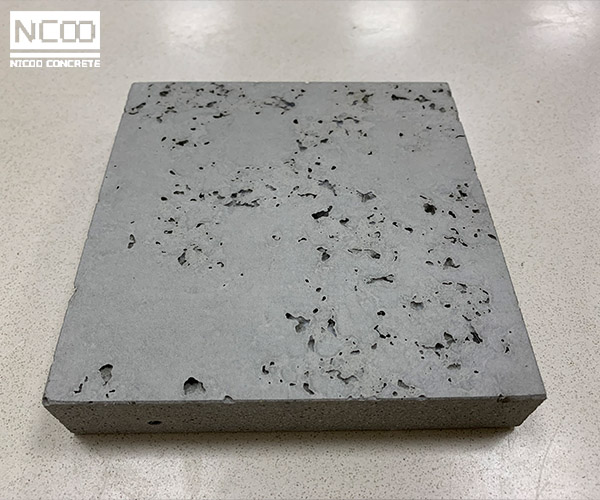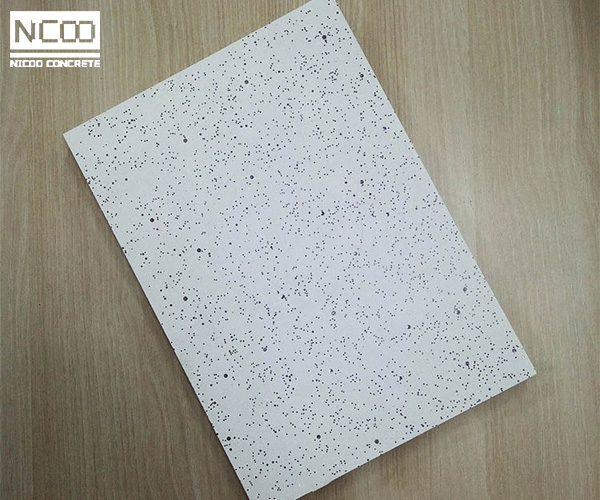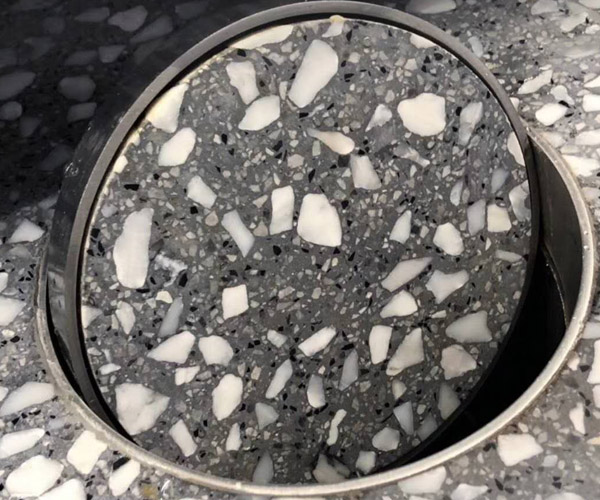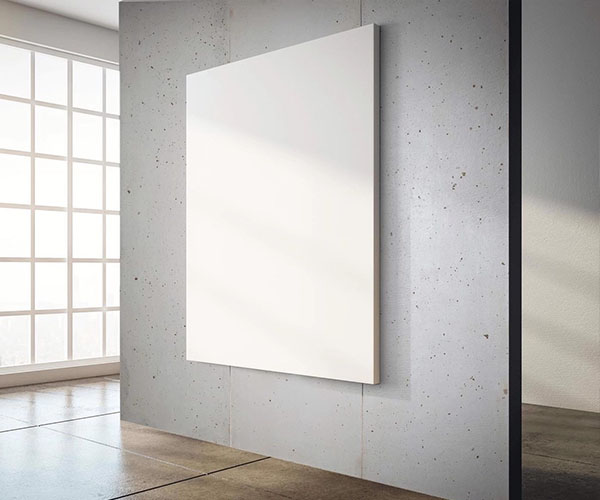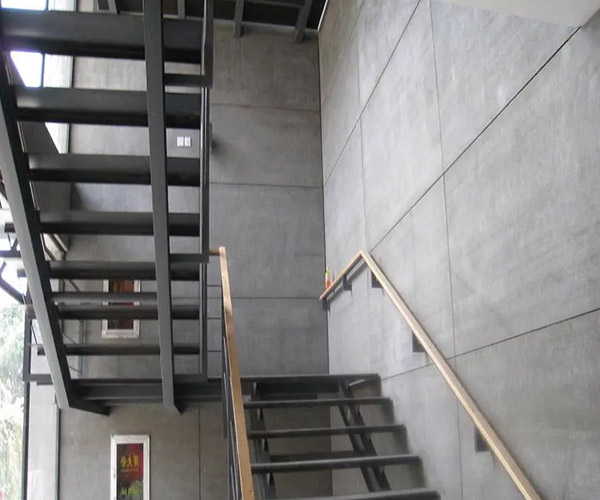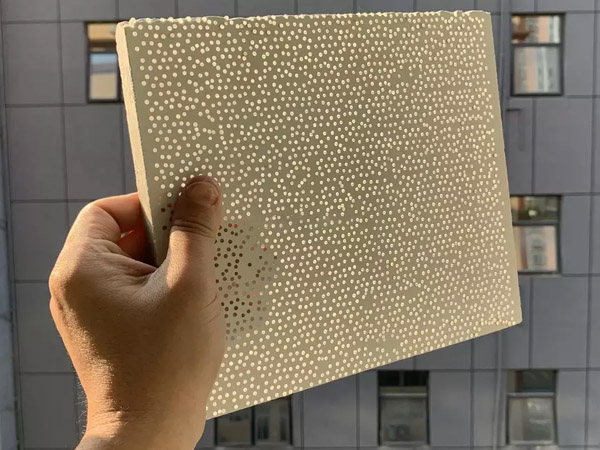About fair-faced concrete
About fair-faced concrete
Description
Chinese name: 清水混凝土
Foreign name: fair-faced concrete
Alias: Decorative Concrete
Molding: pouring
Method: direct operation
Introduction
Fair-faced concrete also known as Architectural concrete, it is an expression technique of architectural modernism, and it is also called decorative concrete because of its decorative effect. The basic idea is that after the concrete is poured, there are no more materials such as painting, tile, stone, etc., which is a plain way of expressing concrete. However, for fear of being soaked or deteriorated by rain, it may be sprayed with a waterproof protective film.
Since fair-faced concrete will not have other decorative materials, it is necessary to pay great attention to the provisions on the reinforced concrete protective layer in the construction specification for the resistance to wind and rain. Therefore, very careful management is required during the construction stage. Respect this. However, the unique strength, cleanliness, materiality and other excellent aesthetic performance of fair-faced concrete structure, designers with strong writer personality will especially like it. In addition, since fair-faced concrete lacks the decoration works after removing the formwork, it is roughly determined at the stage of forming the formwork. Compared with the traditional wooden building that prefers the texture of plain wood, the superb construction technology and finishing accuracy of the modeling craftsmen are known as "family skills" in Japan.
Definition from the Manufacturing Act
Concrete containing cement maintains its strength in a fluid state called "cement slurry", which absorbs water and hardens to maintain its strength, and finally forms the "structure" of the building. The places and construction methods for this series of actions can be roughly divided into three types:
1. Cast-in-place concrete: in the final parts of the building (columns, walls, floors, etc.).
2. PC (Precast Concrete): The above-mentioned hardening process is carried out in factories, etc., and the body of the building is fixed with metal parts at the construction site.
3. Somewhere in between. Mix some 1 and 2 together and use the strengths of both.
Generally referred to as "face-to-face concrete" refers to 1. For those belonging to 2, the finished concrete is not called "face-to-face concrete", but "decorative concrete". 3, there are cases where the cast-in-place part is called "face-to-face concrete".
Since 2 is factory produced, it is more accurate than 1. But it can also capture a hint of wild flavor from the precision of 1.
History and Performance
The raw materials of concrete (the correct name is "cement concrete". There are other types of concrete such as asphalt concrete) are cement, sand (fine aggregate), gravel (coarse aggregate) and water. Without sand and gravel, it is called "mortar".
The history of using cement is very old, dating back to ancient Egypt. Prototypes of concrete can also be found in ancient Rome, but its use as a building construction material as it is now began at the end of the 18th century. Since then, concrete has become an indispensable new building material for the development of modern architecture, and together with iron and glass, it is listed as the three elements of modern architecture.
The history of fair-faced concrete as the expression of architectural completion began with the expression of columns and beams used in the French architect Auguste Perrett (1923), but the world's first to use fair-faced concrete for the expression of walls, The first thing that comes to our mind now is the Raymond House (1924) in Anthony Raymond, Japan. The free plasticity, as the leader of German Expressionism, makes extensive use of its curved surfaces, and the "face-to-face concrete" corresponding to the vivid modeling expression is also welcomed.
Since then, based on the activities of the Bauhaus, the International Association of Modern Architecture (CIAM) and other groups, the linear architectural form has become the mainstream, and the method of "face-to-face concrete" has rarely been used. However, after the Second World War, the works of Kobe Bryant, Louis Kahn and others once again made "face-to-face concrete" the protagonist of architectural expression. Contrary to Kobe's previous interpretation of strong and rough performance, Kang proposed a new interpretation of performance like beauty and brilliance. The "fair-faced concrete" of Kunio Maekawa and others who studied under the former is located on the extension line of the former's thinking (such as the Tokyo Bunka Hall, etc.), while the modern commercial buildings and residences of Tadao Ando and others who studied the latter privately can be said to be It is an extension of the latter idea.
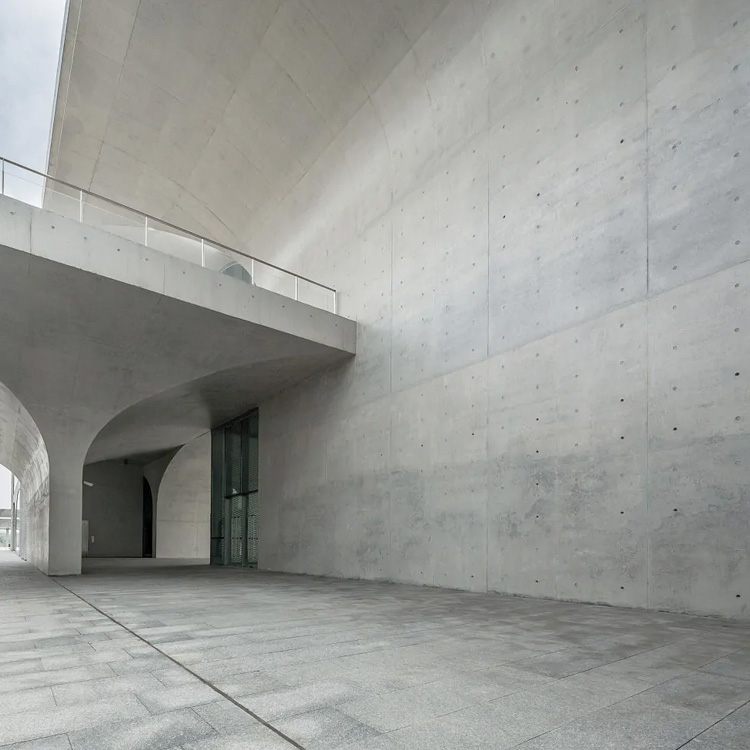
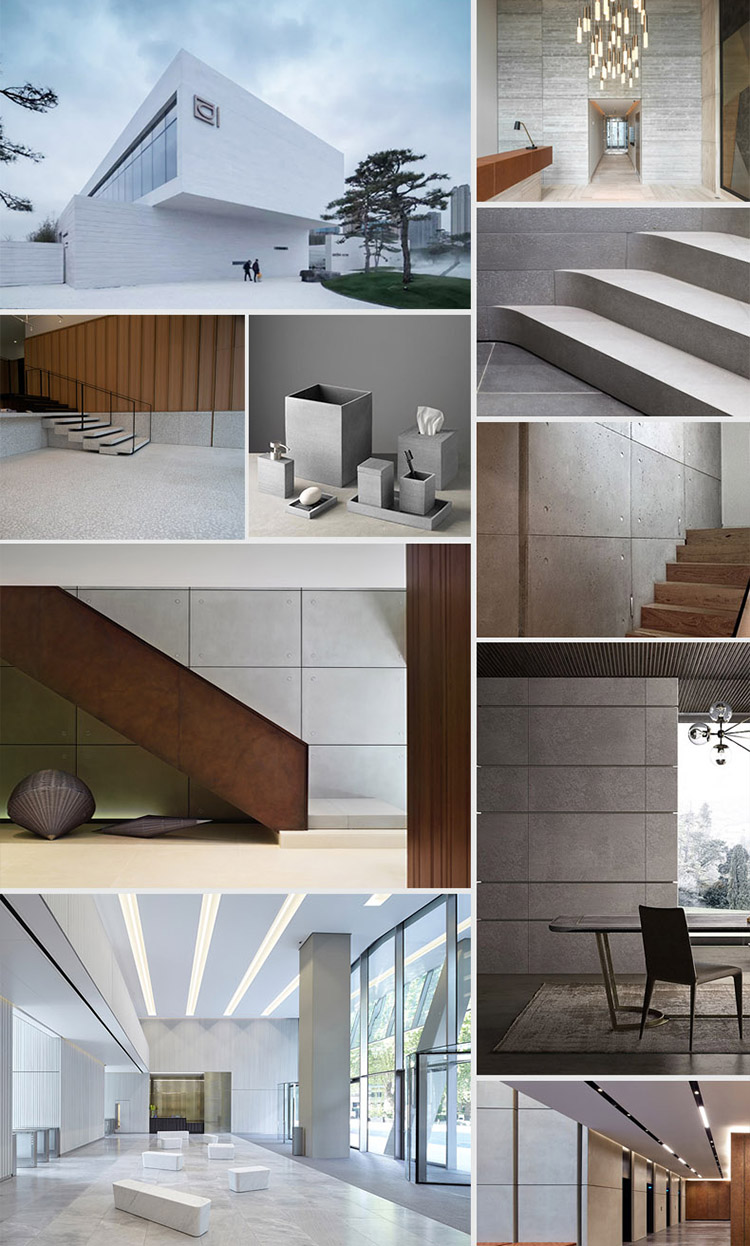
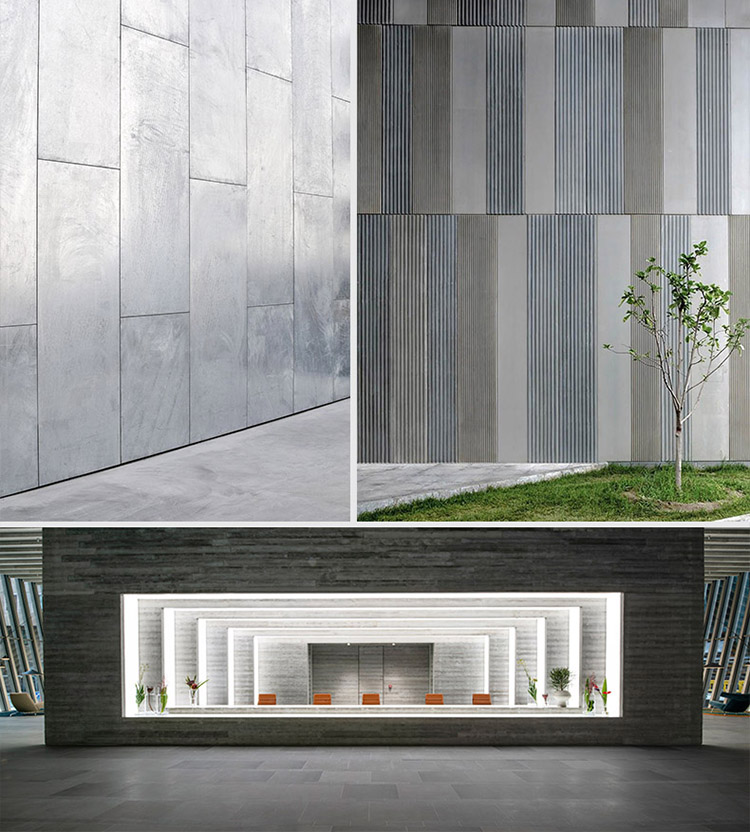
Wide Application of Inorganic Terrazzo
The beauty of inorganic terrazzo floor is not only reflected in the ground.
Flexible Tile Manufacturer Take You To Understand The Price
We know that the price of flexible tile from each manufacturer is different, how do we know whether the price he gives is expensive or cheap, let's take a look.
What is the difference between fair faced concrete and ordinary hanging board
At present, it is difficult to distinguish the authenticity and variety of panels on the building materials market, so today we will talk about the difference between fair-faced concrete board and ordinary board.
Introduction and Application of Light Transmitting Concrete
Light transmitting concrete or transparent concrete or translucent concrete is a concrete (made of rich raw materials, low cost and simple production)based material with light-trans missive properties, obtained by embedding optical fibres in it. Light is conducted through the fibre from one end to the other.



